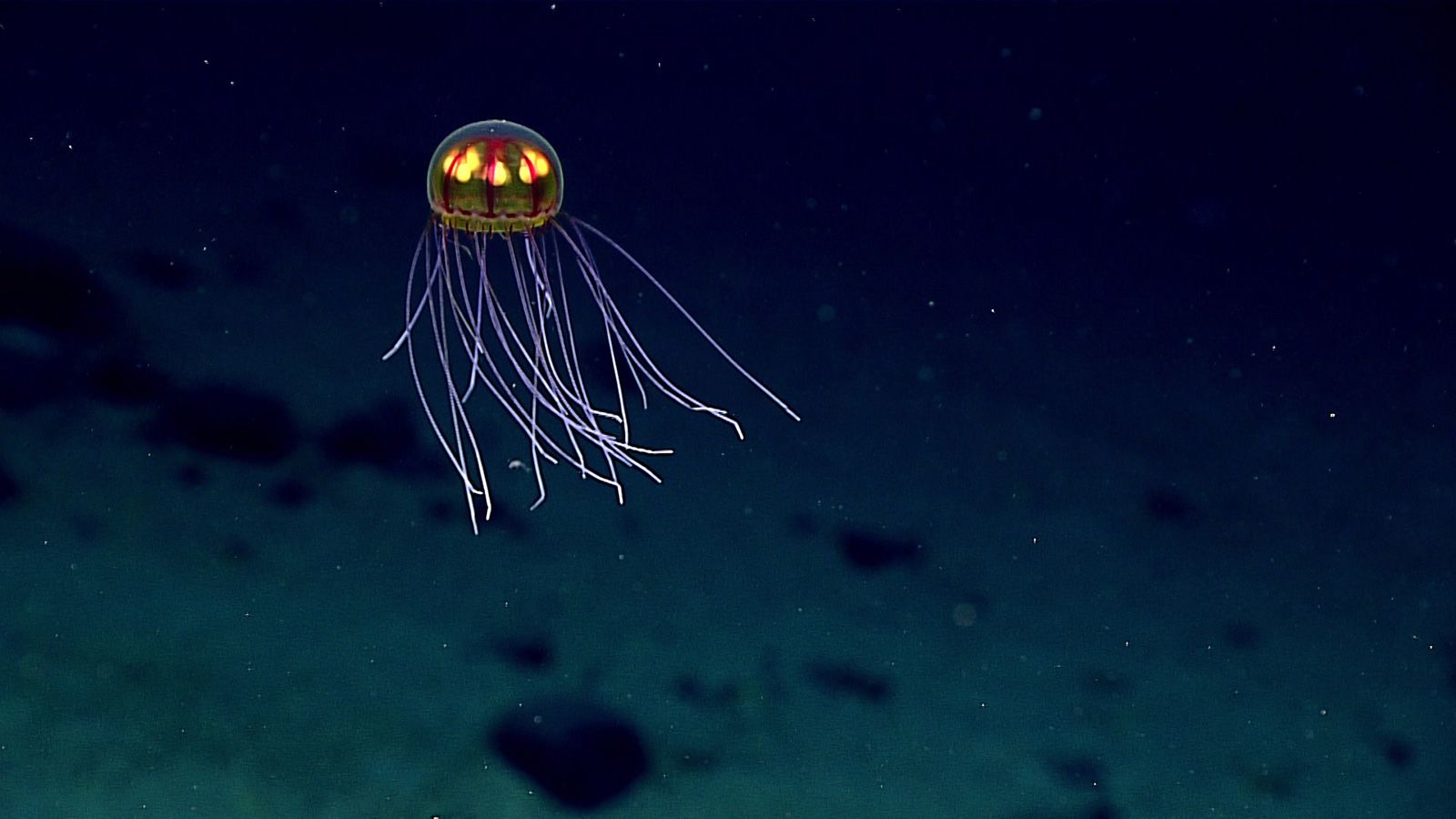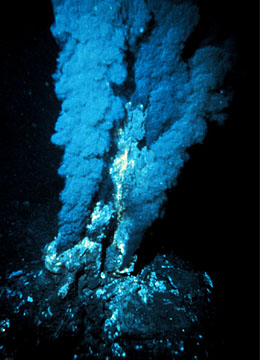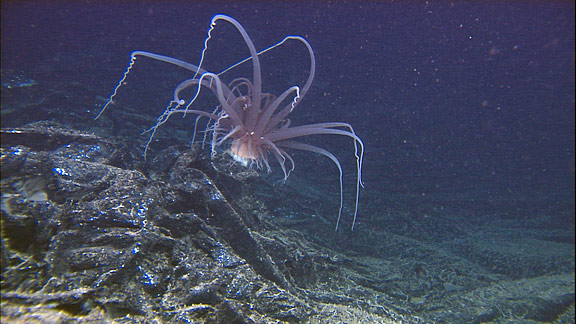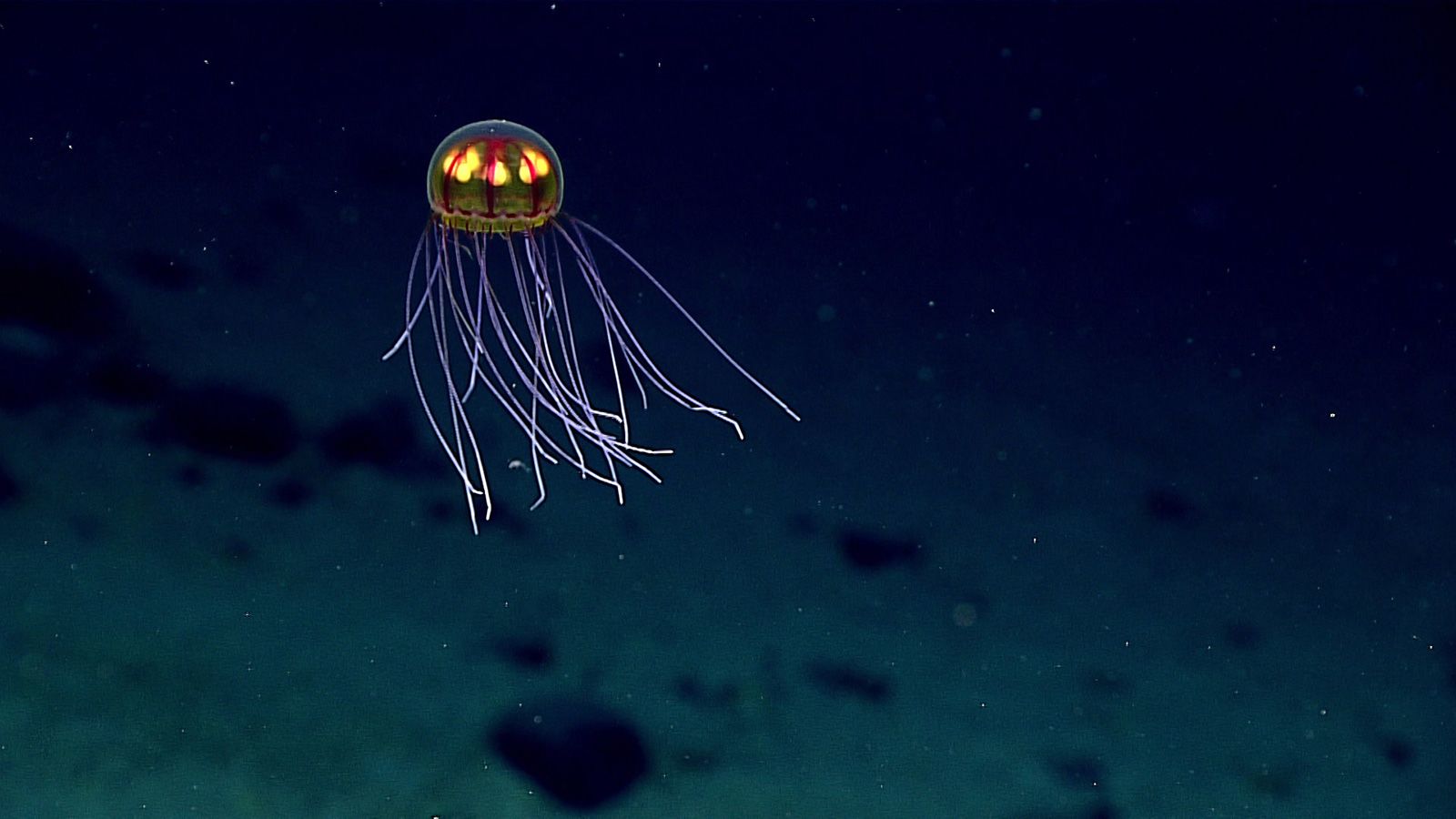The Vast Unknown: Earth’s Largest Habitat

Image credit: CNN
Imagine a world where darkness reigns supreme, where the pressure is crushing, and the silence is broken only by the distant hum of a whale or the rumble of an underwater earthquake. This is the deep sea, Earth’s largest habitat, covering over 60% of our planet. Yet, despite its vastness, 95% of the ocean remains unexplored. It’s a place of mystery, where every dive reveals something new—bioluminescent creatures, towering underwater mountains, and life forms that defy imagination. The deep sea is not just a place; it’s a frontier waiting to be discovered.
Historical Misconceptions: The Azoic Hypothesis
In the 1840s, British naturalist Edward Forbes proposed the azoic hypothesis, claiming that life could not exist below 300 fathoms. This idea shaped scientific understanding for decades, but it was wrong. As early as 1818, explorers like John Ross found life in the deep sea. How could such a misconception persist for so long? It reminds us of how easily assumptions can cloud our understanding. Today, we know the deep sea teems with life, but this historical error serves as a lesson: the ocean is full of surprises.
The Myth of the Lifeless Abyss

Image credit: Sea and Sky
Contrary to popular belief, the deep sea is anything but lifeless. It’s a vibrant world where bioluminescent creatures light up the darkness, and hydrothermal vents support entire ecosystems. These vents, often called ‘black smokers,’ spew superheated water rich in minerals, creating an environment where life thrives without sunlight. Instead of photosynthesis, these organisms rely on chemosynthesis, a process that converts chemicals into energy. Imagine glowing jellyfish, giant tube worms, and crabs huddled around these underwater geysers. The deep sea is a testament to life’s ability to adapt and flourish in the most unlikely places.
Extreme Adaptations: Life Under Pressure
Surviving in the deep sea is no small feat. The pressure here can exceed 1000 times that at sea level, and temperatures hover just above freezing. Yet, life persists. Some species, like the giant squid and the Japanese spider crab, exhibit gigantism, growing to enormous sizes. Others, like the fangtooth fish, have evolved to withstand the crushing depths. These adaptations are a marvel of nature, showcasing how life can thrive even in the harshest conditions. The deep sea is a living laboratory, offering insights into resilience and survival.
The Dark Symphony: Sound in the Deep
The deep sea is far from silent. It’s a noisy place, filled with the sounds of marine life, geological activity, and even human activity. Whales sing haunting melodies, dolphins click and whistle, and unknown creatures emit eerie calls that echo through the abyss. Underwater earthquakes rumble like distant thunder, while ships and submarines add their own mechanical hums. Sound travels far and fast in water, making the deep sea a symphony of natural and man-made noises. It’s a reminder that even in the darkest depths, life is never truly alone.
Ancient Life: Living Fossils of the Deep
Some deep-sea species are living fossils, having existed for thousands of years. Corals and sponges, for example, grow slowly but can live for millennia. These ancient organisms provide a window into the past, offering clues about Earth’s history and the evolution of life. Imagine what these creatures have witnessed—shifting continents, changing climates, and the rise and fall of countless species. They are silent witnesses to the planet’s long and tumultuous history.
The Hidden Wealth: Deep-Sea Mining
Deep-sea mining is becoming a hot topic, as the ocean floor holds vast deposits of minerals critical for technology. However, the environmental impact of such mining is largely unknown and could be devastating. The deep sea is home to fragile ecosystems that could be irreparably damaged by human activity. While the promise of untapped resources is tempting, we must weigh it against the potential ecological risks. The deep sea is not just a resource; it’s a treasure trove of biodiversity that deserves protection.
The Future of Exploration: Uncharted Territories

Image credit: Woods Hole Oceanographic Institution
Efforts to explore the deep sea are ongoing, with projects like the Sea Orbiter aiming to facilitate prolonged research. Understanding the deep sea is crucial for conservation and for understanding global biodiversity. Yet, 80% of the ocean remains unexplored, leaving countless secrets waiting to be uncovered. What lies in the darkest depths? What new species, what ancient mysteries, are waiting to be discovered? The deep sea is Earth’s final frontier, and the journey to uncover its secrets has only just begun.
References:
What’s at the bottom of the ocean? A brief history of deep sea exploration – link
Hydrothermal Vents – Deep Sea Creatures on Sea and Sky – link
Exploring Hydrothermal Vents : Vent Biology – link
Categories: Do you know, Exploration, Nature, Science
Tags: Bioluminescence, Deep Sea, hydrothermal vents, Marine Life, Ocean Exploration
Religion: None
Country of Origin: World
Topic: Deep Sea Exploration
Ethnicity: None


